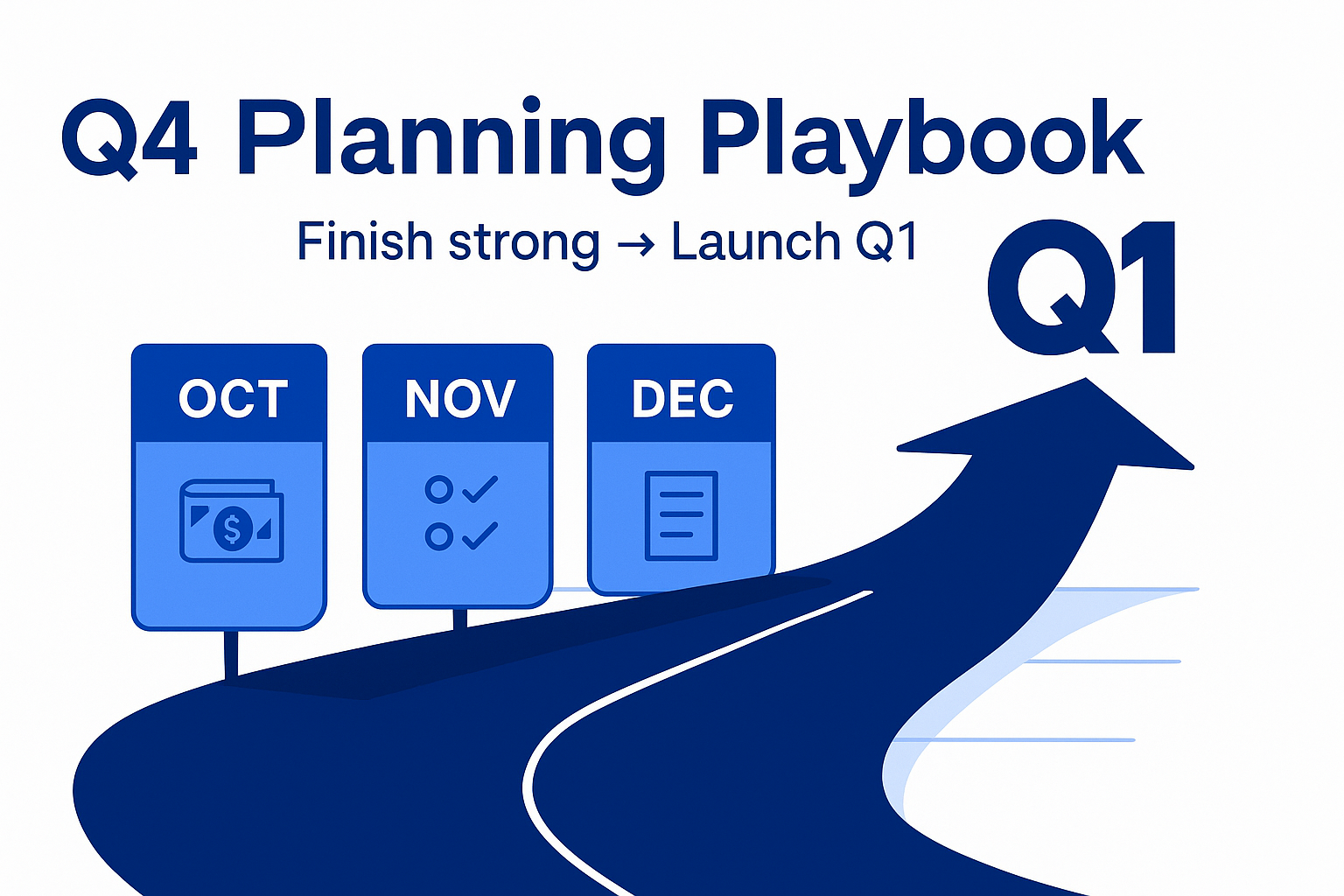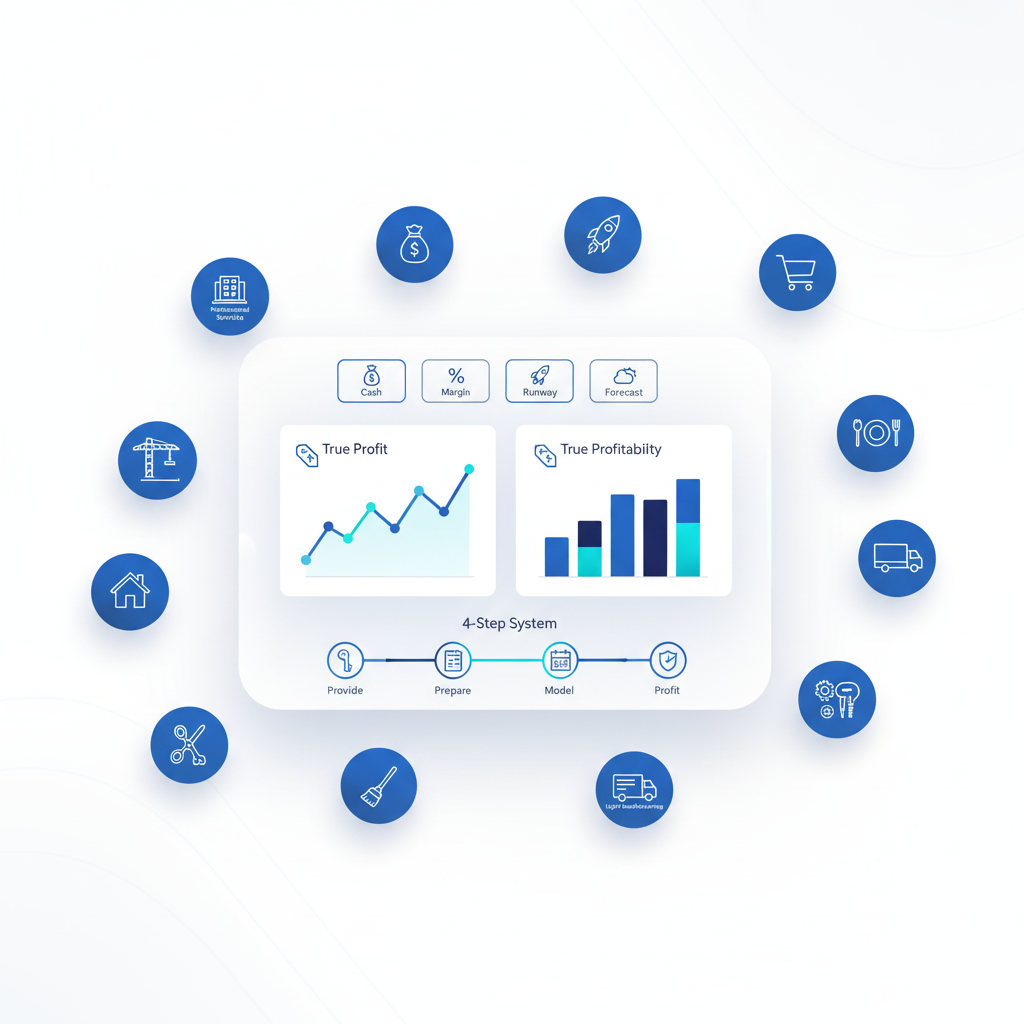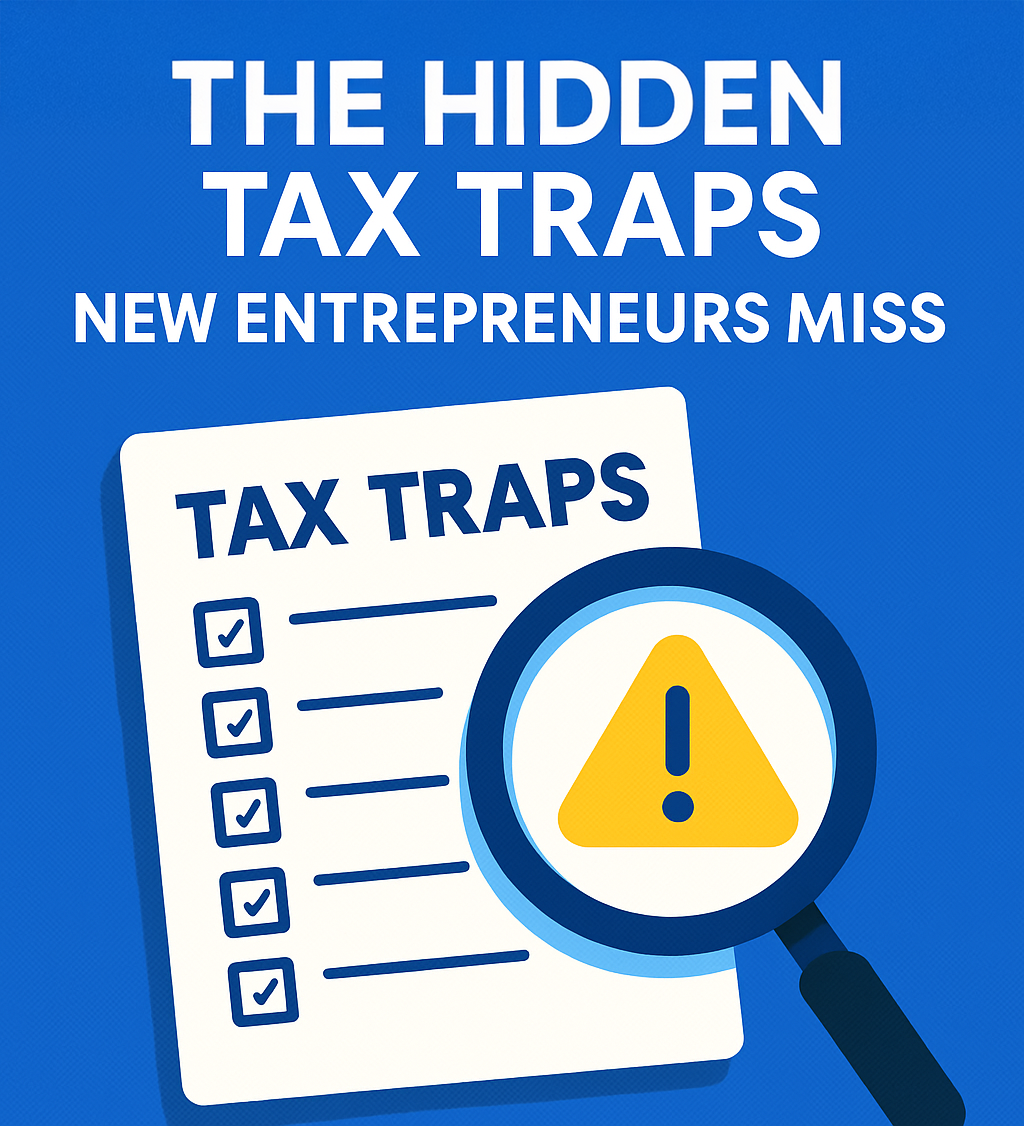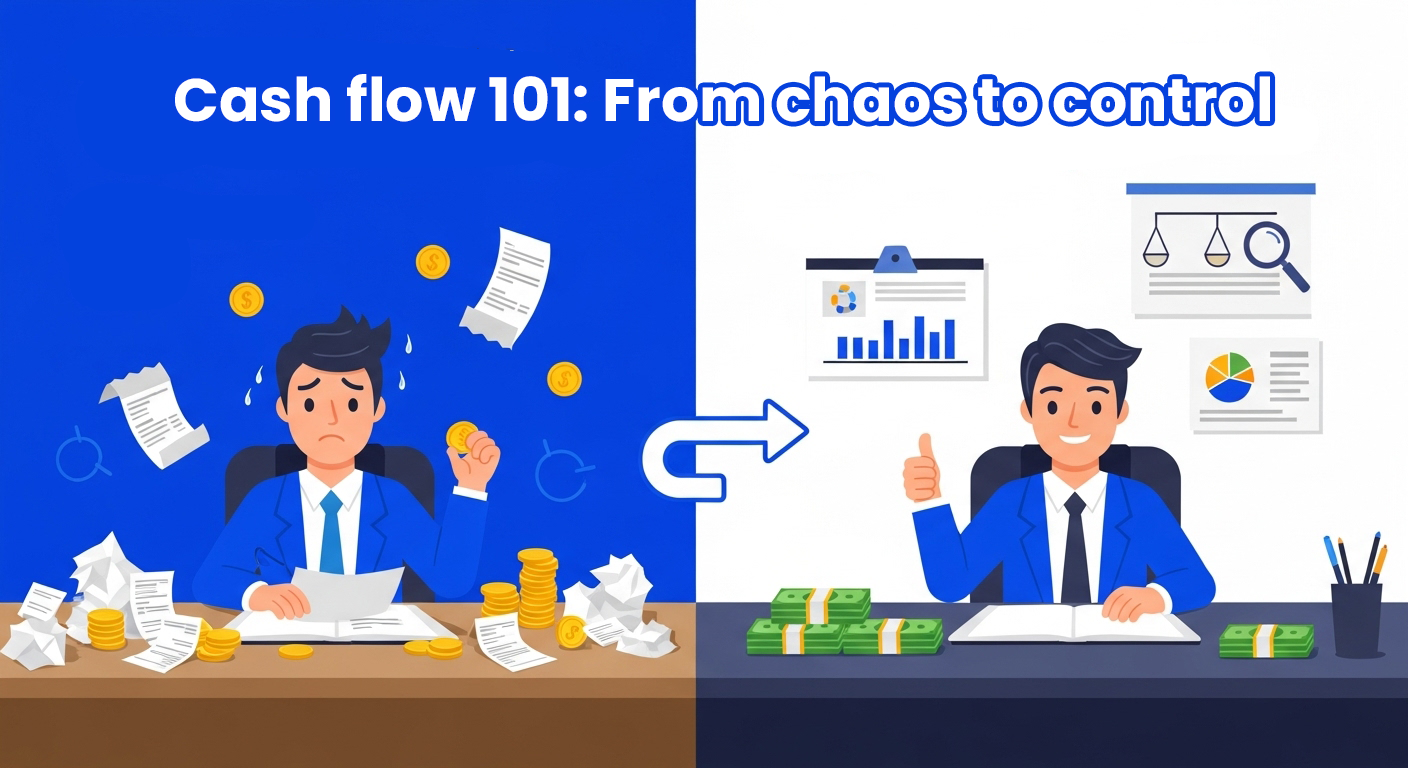
Learn what cash flow means, how to read your cash flow statement, and five practical ways to boost cash flow this month
The fuel that keeps companies moving
If your business had a fuel gauge, cash flow would be it. Revenue lights up the dashboard, but only cash in the bank lets you pay rent, payroll, and suppliers. For early-stage founders and seasoned owners alike, understanding cash flow separates guesswork from reliable growth. This guide explains cash flow in plain English, shows how to read the cash flow statement, offers five concrete moves to improve cash this month, and packages everything into visual tools founders can use immediately.
Along the way, you’ll see three realistic founder stories (an agency, a med spa, and an e-commerce brand) that illustrate how cash-flow fixes are both practical and repeatable and ways CleverProfits supports clients through bookkeeping, fractional CFO services, and tax strategy so you can build reliable systems that scale.
Cash Flow vs. Profit Explained
The simplest distinction: profit measures performance on paper; cash flow measures what’s actually available in bank accounts. Both matter, but they answer different questions.
What profit tells you
Profit (net income) is revenue minus expenses on the income statement. It’s useful for long-term health and investor conversations. Profit includes non-cash items (depreciation) and revenues booked on accrual basis (invoices issued).
What cash flow tells you
Cash flow records real money movement: cash collected from customers, cash paid to vendors, loans received or repaid, and capital spent. It’s the operating reality of whether you can meet obligations today and push toward new opportunities tomorrow.
A short, practical example
Imagine a creative agency that landed a $50,000 retainer contract in October. The agency books the sale (profit increases), but the client pays on 60-day terms. If payroll and rent are due in November, the agency may appear profitable on paper while lacking the cash to meet immediate bills. Profit and cash are both signals; cash is the one you must manage daily.
Q: What is the difference between cash flow and profit?
A: Profit is the accounting result on the P&L. Cash flow tracks actual cash moving in and out of your accounts. Profit can be positive while cash is low if invoices are unpaid or large purchases are made.
How to Read a Cash Flow Statement
A cash flow statement is your operational x-ray. It divides cash movement into three sections: operating, investing, and financing. Read them top to bottom to find the root of changes in your bank balance.
- Operating Activities — the core business engine
- Includes cash collected from customers, cash paid to suppliers and employees, and cash paid for operating taxes and interest.
- Positive operating cash flow indicates your core business is self-sustaining. Negative operating cash flow points to timing mismatches, pricing problems, or rising costs.
- Investing Activities — growth and capital moves
- Tracks purchases and sales of long-term assets (equipment, property) and investments.
- Negative cash here often means investing in future capacity, which can be healthy if planned.
- Financing Activities — capital structure and owner moves
- Includes bank loans received or repaid, owner draws, equity investments, and dividend payments.
- Financing can shore up cash in tight months but is not a sustainable substitute for strong operating cash flow.
How the sections come together
Start with beginning cash, add (or subtract) net operating cash, then investing, then financing. The result is ending cash — the number you use to make payroll, pay vendors, or invest.
Quick reading checklist for the CFO-in-a-weekend:
- Is operating cash positive or negative over the last 3 months?
- Are investing outflows planned capital purchases or surprises?
- Does financing cover recurring operating deficits (red flag) or one-time investments?
CleverProfits note
When we onboard founders, the first task is reconciling bank accounts and producing a clean cash flow statement. Dirty books hide timing mismatches that become bigger problems if left unobserved.
5 Ways to Boost Cash Flow This Month
Here are five practical, high-impact actions you can take in the next 30 days. Each lever is actionable for a founder, whether you run a one-person shop or a growing team.
1) Speed up collections
Why: Cash sits in receivables until customers pay. The faster you collect, the sooner cash hits the bank.
How:
- Invoice on delivery or completion. Use electronic invoices with clear “due on receipt” language.
- Offer small early-payment discounts (2% if paid in 10 days) for customers with good margins.
- Add payment links to invoices (Stripe, PayPal) to remove friction.
- For recurring customers, implement subscription billing or automated ACH pulls.
Example: An agency that introduced a 2% early-pay discount got 35% of clients to pay 10 days earlier, improving the firm’s working capital.
2) Tighten payment terms with vendors (without burning bridges)
Why: Paying later while collecting earlier widens your operating float.
How:
- Negotiate net-45 or net-60 terms for vendors you pay regularly.
- Ask for early-pay discounts on some suppliers and use them selectively.
- Use virtual card or ACH scheduling to time payments to the due date.
Caution: Maintain goodwill—explain your request and commit to on-time payments under the new agreement.
3) Free up inventory cash
Why: Excess inventory ties up funds that could fund operations.
How:
- Identify slow-moving SKUs; run a targeted clearance sale or bundle them.
- Move to just-in-time purchasing for standard items where lead times allow.
- Negotiate returns or consignment terms for slow stock where possible.
Example: A small e-commerce brand cut inventory-related cash needs by 22% through a focused clearance and vendor repurchase program.
4) Use short-term financing strategically
Why: A short-term line of credit can smooth seasonal swings without selling equity.
How:
- Get a small, flexible line (business credit card, credit line) before you need it.
- Use for clear short-term cash mismatches and repay quickly once revenue normalizes.
- Avoid prolonged reliance on short-term debt — it should be a bridge, not a business model.
Tip: Prioritize low-interest, credit-line options from your business bank if available. SBA microloans and invoice financing are alternatives in certain sectors.
5) Reforecast and reprice
Why: Small pricing improvements and better forecasts prevent repeated shortfalls.
How:
- Run a 13-week cash forecast. Identify when cash will be tight and plan actions now.
- Review gross margins by product/client. Consider modest price increases for sticky clients.
- Cut or pause low-return marketing tests that are cash-hungry.
CleverProfits tip
Our fractional CFOs build 13-week rolling forecasts for clients and simulate scenarios (slow payment, delayed launch). The forecast becomes a decision-making dashboard rather than a spreadsheet of anxieties.
Real-World Examples from Founders
Below are anonymized stories that show how simple fixes created immediate cash improvements. These are composites based on real patterns we see in agencies, med spas, and e-commerce.
Case A — Creative Agency: Align invoicing with delivery
Problem: A creative agency booked large projects with net-60 terms. Projects consumed vendor and contractor cash early, creating payroll stress.
Fix: The agency implemented 30/30/40 milestone invoicing, added a 1% early-payment incentive, and used Stripe for instant payments. Within two months, cash cycles shortened and the agency avoided a bridge loan.
Key takeaways:
- Break big projects into billable milestones.
- Make payment friction-free.
Case B — Med Spa: Seasonal revenue, steady costs
Problem: A med spa saw client volume spike in spring and drop in late summer. Rent and staffing were fixed, so slow months created cash pressure.
Fix: The owner introduced prepaid package plans and a membership model with monthly billing. She worked with supplier reps to move some inventory to consignment. The monthly membership income created predictable cash that bridged slow months.
Key takeaways:
- Convert one-time spenders to recurring revenue.
- Use vendor relationships to reduce inventory risk.
Case C — Direct-to-Consumer Brand: Inventory hangover
Problem: A DTC brand ordered excess inventory ahead of a predicted holiday surge that failed to materialize. Inventory sat on shelves, and cash dwindled.
Fix: The founders ran a targeted flash sale, applied a small influencer budget for quick traffic, and negotiated a purchase deferral with the supplier for the next restock. Cash rebounded within the quarter.
Key takeaways:
- Have contingency plans for inventory risk.
- Use tactical promotions to turn inventory into cash.
How CleverProfits Helps Clients Monitor Cash
Cash visibility is both a platform problem and a process problem. Technology gives real-time numbers; process makes those numbers reliable. CleverProfits blends both.
What a typical engagement looks like:
- Clean start: Reconcile last 3–6 months of bank and credit accounts to create a trusted baseline.
- Automation layer: Connect payment gateways, POS, payroll, and merchant processors so transactions auto-import. Create categorization rules tailored to your revenue model (subscription vs one-off, ad spend tagging for agencies, product COGS tracking for DTC).
- Rolling forecasts: We build a rolling 13-week forecast and update it weekly so the runway and cash triggers are never surprises.
- KPI dashboard: Daily/weekly snapshots of cash runway, gross margin by product or client, AR aging, and burn rate. Customize alerts for low-cash thresholds or aging invoices.
- Strategy sessions: Monthly advisory calls where we interpret the numbers, test scenarios (hire now or later), and recommend tactical moves (pricing tweaks, vendor negotiations).
Service set that helps:
- Outsourced accounting for clean month-close and reliable books.
- Fractional CFO for forecasting, strategy, and board-level financial planning.
- Tax strategy to align payments and seasonality and reduce penalty risk.
Example impact
A subscription-based coaching business that partnered with CleverProfits cut receivable days by 28% and increased usable cash by 15% in three months by automating billing and restructuring refunds.
FAQ’s
Q: What’s the fastest way to improve cash flow?
A: Speed up invoicing and reduce receivable days. Implement electronic invoices with easy payment links and consider small early-payment incentives. Combine this with clear vendor payment terms to widen your float.
Q: How often should I review my cash flow statement?
A: Weekly checks for cash balance and AR aging and a monthly deep-dive (including a 13-week forecast) tend to work well for startups and growing businesses. If you run fast monthly cycles, increase to twice weekly.
Q: Can a profitable company run out of cash?
A: Yes. Profit and cash are different metrics. Profit reflects accrual accounting; cash reflects collections and payments. A business can be profitable on paper while lacking the cash to pay immediate bills.
Q: How can a fractional CFO help with cash flow?
A: A fractional CFO builds reliable forecasts, sets up cash triggers, negotiates vendor terms, and translates numbers into tactical decisions. They provide the strategy without the full-time salary.
Final Thoughts & Next Steps
Cash flow is a system, not a single spreadsheet. The founders who succeed are the ones who build simple processes—fast collections, smart vendor terms, mindful inventory, small safety reserves, and active forecasts. Those elements turn sporadic luck into predictable runway.
If you want help getting a clean starting point, building a rolling 13-week forecast, or setting up an automated dashboard, CleverProfits helps founders with bookkeeping, tax strategy, and fractional CFO support. Book a call to get a tailored cash roadmap that fits your business cadence.
Book a discovery call with CleverProfits TODAY
- What is cash flow vs profit
- How to read a cash flow statement
- Ways to improve cash flow this month
- Cash flow examples for founders
- How fractional CFOs help with cash flow
I
The Clever Writing Team
The CleverProfits writing team includes various team members in Advisory, Financial Strategy, Tax, and Leadership. Our goal is to provide relevant and easy-to-understand financial content to help founders and business leaders reach their true potential.
